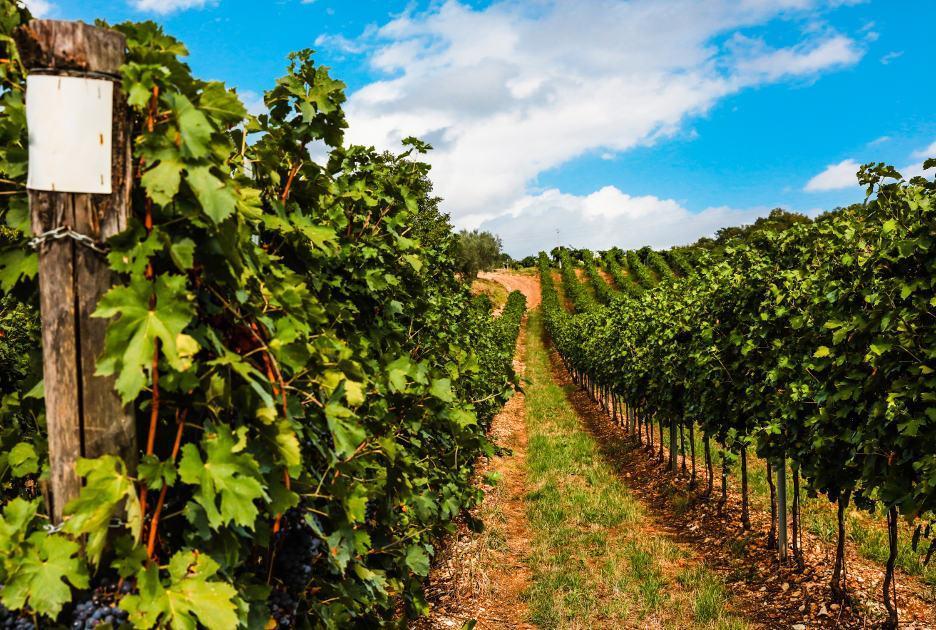Amarone della Valpolicella DOCG.
We toast with a choice of excellent wines and we certainly cannot miss this red with a seductive aroma and an intense and velvety taste.
It was born in the Verona area, with a climate and soil that allow the grapes to have a privileged cradle. In fact, here the vineyards are protected by the Lessini and the climate is not excessively rainy. The soils, thanks to their volcanic origin, bring a unique growth to the grapes.
This is not an amaro, but it is an Amarone!
From such an exclamation, dating back to the thirties, the change and the path of a label that has been able to tell its story begin.
A story that goes back in time, because the Amaro was already talked about in the time of Catullus.
The vineyards allowed in its production are the hilly ones and the forms of cultivation are inclined Veronese pergola or espalier.
A fundamental process is the drying of the grapes.
All selected during the harvest, the berries must not be close to each other: it is important that the air can circulate. For the same reason, the cassettes must be large.
Therefore, even the lofts are special rooms, with good ventilation, without stagnation of humidity and constant temperature control.
Nothing can be left to chance and, even less, to neglect. Everything must proceed according to careful control to counteract molds and to prevent the drying from failing.
The drying time is about four months, a period in which the water must disappear from the berries, leaving the sugars intact.
After this period, the grapes are pressed and a very slow and low temperature fermentation begins. So that the sugars have time, thanks to the effect of the yeasts, to turn into alcohol.
The vinification takes place after the beginning of December and with a minimum aging of two years.
All these processes, up to bottling, must be carried out in the DOCG area.
Analysis of Amarone Della Valpolicella
Let’s see together the organoleptic profile of Amarone della Valpolicella.
It has a ruby color and its perfume, as we said at the beginning, is seductive. Characterized by notes of dark fruit with hints of licorice, dark chocolate and spices.
The taste is soft with a sweet aromatic persistence. The tannic texture is velvety and smooth with a superb and unique closure.
This wine is perfect with autumn and winter dishes. It goes well with braised meats, roasts, musso stew, game, lasagnette with meat sauce, Venetian pasta and beans, polenta, dishes with the same wine, aged hard cheeses and also with typical desserts of the area.
It is recommended to serve it in large glasses, such as the large tulip and at a temperature between 17 and 20 ° C.
As someone said, a good wine is nothing more than a bottled poem.


